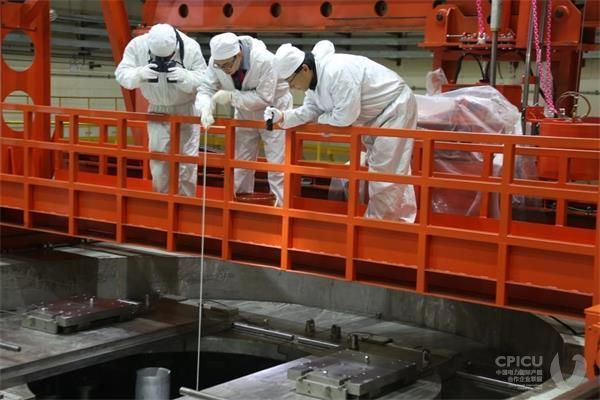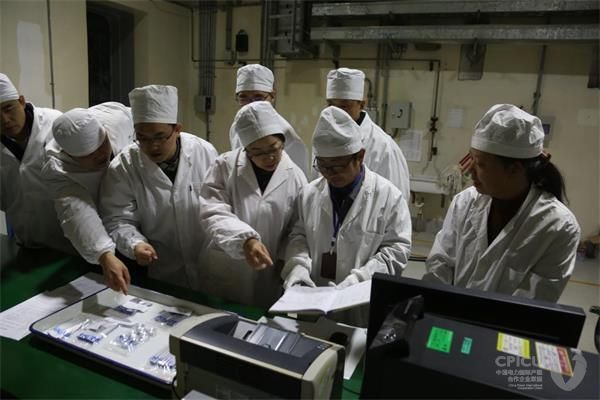China General Nuclear Power Corporation (CGN) began neutron irradiation test for the candidate materials for an accident tolerant fuel (ATF) on Dec 21, 2017.

Staff workers conduct the neutron irradiation test for CGN’s ATF candidate materials.
It marks a milestone in the research and development of China’s ATF and ushers in a new era for the CGN-led national key scientific research program.
As the last 2017 operation of the China Mianyang Research Reactor began on Dec 21, the neutron irradiation test, which is considered a key step in the research and development of ATF, was officially launched.
It will select the best materials for making cladding and pellets of ATF and offer a large amount of data on their in-core performances, which will provide technical support for following research and safety reviews.
ATF, dubbed a bellwether for international nuclear fuel research, is one of the most major nuclear industry breakthroughs in the past 60 years. It is also a major arena for nuclear giants in the US, Japan and Europe.
Since the concept’s debut in 2012, the research and development of ATF has been on a fast track and in full swing.

China’s ATF research began in 2015, when CGN was assigned to lead the AFT R&D project and assembled a group of research institutes and universities, such as the Chinese Academy of Sciences, the China Academy of Engineering Physics, Tsinghua University and Xi'an Jiaotong University, to form a national team committed to ATF technological R&D and creation of a nuclear fuel industrial alliance.
It took CGN three years to complete the conceptual design of ATF and make a preliminary evaluation of the safety benefits of ATF under accident conditions.
CGN is sparing no effort to develop the S2FTM -- a Super Safe Fuel consisting of new-type cladding and pellets.
The new-generation super safe fuel will resist serious accidents and prolong the non-intervention time in case of reactor accidents, greatly reducing the risk of hydrogen explosions and relieving or eliminating the consequences arising from loss of coolant.
It will be used to replace fuel in the nuclear power plant (NPP) now in operation and help design the fourth generation or even more advanced nuclear power system. In addition, the new fuel will maintain and improve the performance of NPPs.

